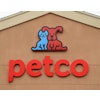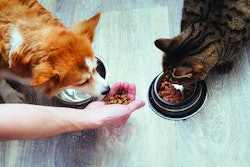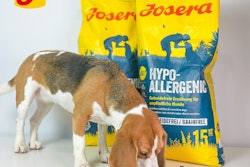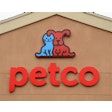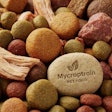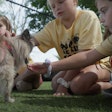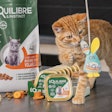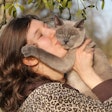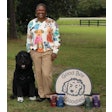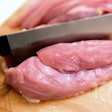
Nestlé Purina PetCare pet food sales continued their momentum in fiscal year 2021, beating the previous year by approximately US$1.7 billion. Nestlé’s pet segment attained sales of US$16.903 billion (CHF15.556 billion) in fiscal year 2021, compared to US$15.204 billion (CHF14.001 billion) in FY20. Nestlé Purina Petcare reported its revenues for fiscal year 2021 in an investor’s call on February 17. Nestlé Purina PetCare real internal growth was 9.4% in fiscal year 2021, with organic growth of 12.7%. Purina PetCare sales were one of the driving factors behind Nestlé’s e-commerce sales growth of 15.1%. Online sales now make up 14.3% of Nestlé sales.
Nestlé Purina PetCare performance by region
In the Western Hemisphere, Purina Petcare reported broad based market share gains. Anglo American sales grew at a double-digit rate, led by Purina Pro Plan, Fancy Feast and Purina ONE, despite supply chain disruptions. Scienced-based innovations continued to support growth, with new launches including Pro Plan Cardio Care and new varieties of Sensitive Skin and Stomach formula.
Latin American sales for Nestlé overall grew by double-digits. Purina’s pet food and treat sales contributed the most to this growth, led by Purina Pro Plan and Dog Chow.
In Nestle’s Europe, Middle East and North Africa zone, growth reached its highest level in the past decade in fiscal year 2021. Pet food saw broad based market share gains.
Purina PetCare grew by double-digits. Premium brands Gourmet, Felix and Purina Pro Plan, as well as veterinary products, led this increase. Growth was strong across all channels, particularly in e-commerce and pet specialty stores.
In Asia, Oceania and sub-Saharan Africa, regional pandemic lock downs and economic challenges resulted in mid-single digit organic growth for Nestlé overall, with pet food gaining market share and sales increasing at a high single-digit rate. Purina PetCare reported strong double-digit growth in China. The pet segment also led sales in Japan, while Purina PetCare experienced strong demand in Oceania.


